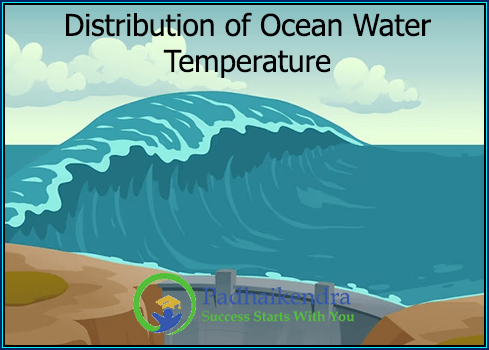The distribution of ocean water temperature varies with latitude, depth, and season. Generally, the equatorial regions have the warmest waters, while the poles have the coldest waters. The surface waters in the tropics can reach temperatures of up to 30°C (86°F), while waters near the poles can be near freezing, around 0-2°C (32-35°F). The temperature of ocean water also decreases with depth, and in the deep ocean, temperatures are generally near freezing.
Ocean currents can also have a significant impact on the distribution of ocean water temperature. Warm ocean currents, such as the Gulf Stream, can bring warm water from the tropics to higher latitudes, while cold ocean currents, such as the Labrador Current, can bring cold water from higher latitudes to lower latitudes.
Seasonal changes can also affect the distribution of ocean water temperature, as the amount of sunlight and heat absorbed by the ocean changes with the seasons. In general, surface waters are warmer in the summer and colder in the winter, while deeper waters remain relatively constant in temperature throughout the year.
The distribution of ocean water temperature is an important factor in the distribution of marine organisms, as different species are adapted to specific temperature ranges. Changes in ocean temperature can therefore have significant impacts on marine ecosystems, as species may shift their ranges or struggle to adapt to changing conditions. Additionally, the temperature of ocean water can have significant impacts on climate, as the ocean absorbs and stores a significant amount of the heat that enters the Earth’s atmosphere.





